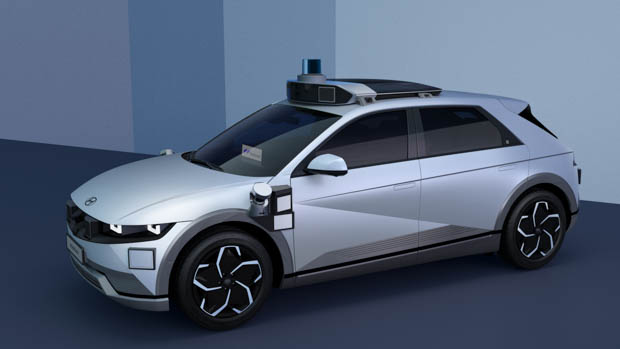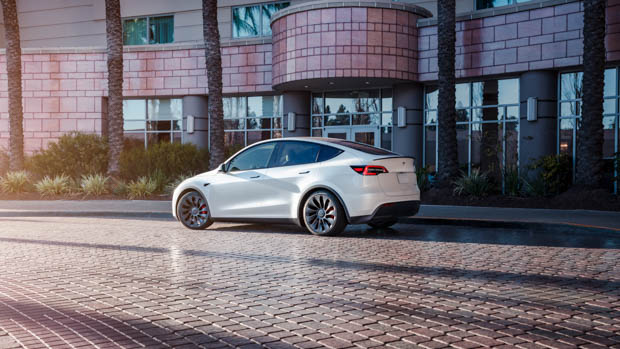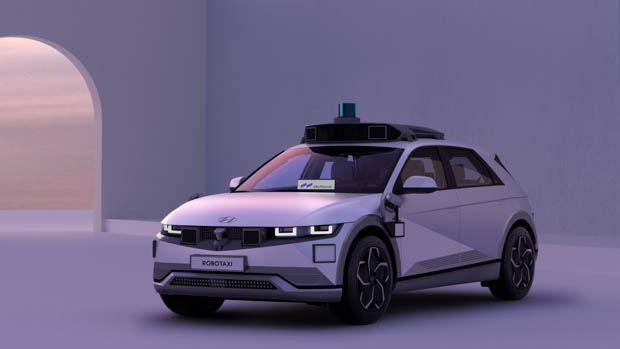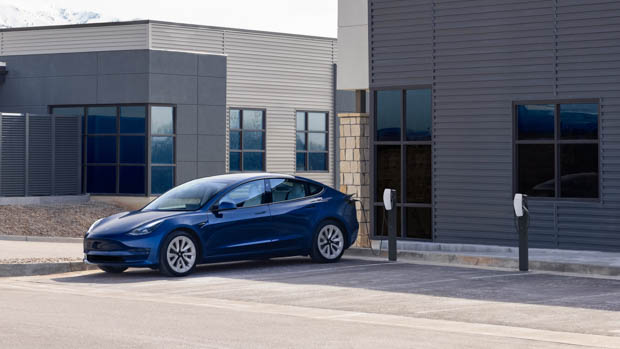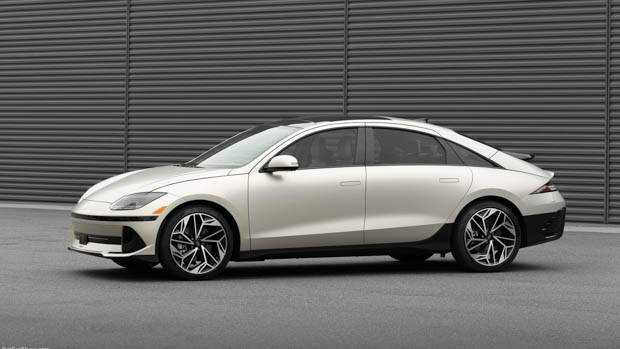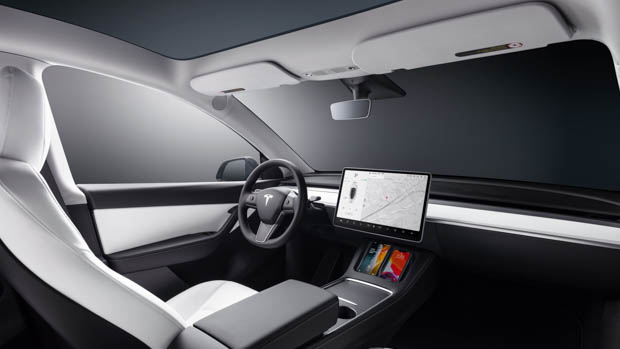-
Car Reviews
- All reviews
- Midsize SUVs
- Small cars
- Utes
- Small SUVs
- Large SUVs
- Large cars
- Sports SUVs
- Sports cars
- Vans
Latest reviews
- Car News
-
Car Comparisons
Latest comparisons
- Chasing Deals
South Korea is aiming to be the third country in the world to commercialise level four autonomous vehicles behind the USA and Japan
South Korea has got an autonomous society in mind, setting its sights on bringing a commercialised level four autonomous vehicle to market in 2027.
According to the Korea Times, the country wants half of all new vehicles launched in 2035 to have level four autonomous driving technology.
The South Korean transport ministry is looking to overhaul existing transportation systems and set up safety standards and insurance programs for autonomous cars, along with bringing autonomy to bus services in the future.
The South Korean government is also planning to establish real-time telecommunications between cars and the road by 2030. The government is aiming to install the connection network over a span of 110,000km by 2030.
There are several levels that make up autonomous driving technology, from basic features right through to complex self-driving software.
Level 1 autonomous features are tailored around simplified driver assistance such as for steering, acceleration or braking. Many cars have this assistance installed and can include lane centering or adaptive cruise control, for example. The driver must still be in full control of the vehicle.
Level 2 autonomous driving can include a combination of adaptive cruise control and lane centering at the same time. Examples of this in the market include highway driving assist installed in Genesis, Kia and Hyundai vehicles. Bluecruise is another example of this technology used by Ford.
The step up from level 2 to level 3 autonomous driving is significant, a technological achievement yet to become a mainstay in the automotive market. This leap includes a blend of AI and driver assistance that works in a limited capacity to drive the vehicle without human interaction.
Level 3 and Level 4 autonomy means that you can sit as a passenger in the car and won’t need to intervene to straighten the wheel or adjust the throttle, for example. A level 5 vehicle is able to maneuver and drive itself in all conditions at all times without any input from the driver.
Automakers such as Mercedes-Benz and Tesla are working on these technologies, however they are yet to be approved for widespread use.
Big players in the automaker space including Hyundai, Kia and Genesis have got autonomy at the forefront of their minds.
Hyundai predicts that by 2030, cars will drive themselves. The South Korean automaker is one of many automakers to be working in the autonomous space and has launched prototype versions of its electric Ioniq 5 that can drive themselves.
Hyundai has gone as far as disassembling a Tesla Model 3 to find out how the competitors’ vehicle systems work.
As of August 2022, Hyundai believed the gap between its own autonomy and Tesla’s technology was around one year’s worth of development.
Tesla Autopilot, although arguably controversial, has been leading the way in the autonomous space for several years, however still has years until safe full autonomy is possible.
Arguments for autonomous driving technology include enhanced safety as it has been proven software and technology can react quicker than a human being.
But the reality is that autonomous cars must react to other human drivers on the road, along with reading speed signs, lane markings and more.
Tesla’s Autopilot software has been widely reported on, with some media aiming criticism at Tesla for a string of fatal accidents while Autopilot was in use.
Autonomous cars bring new challenges for insurance and liability, as it will need to be proven whether human or car was responsible for a crash.
Latest news
About Chasing cars
Chasing Cars reviews are 100% independent.
Because we are powered by Budget Direct Insurance, we don’t receive advertising or sales revenue from car manufacturers.
We’re truly independent – giving you Australia’s best car reviews.
